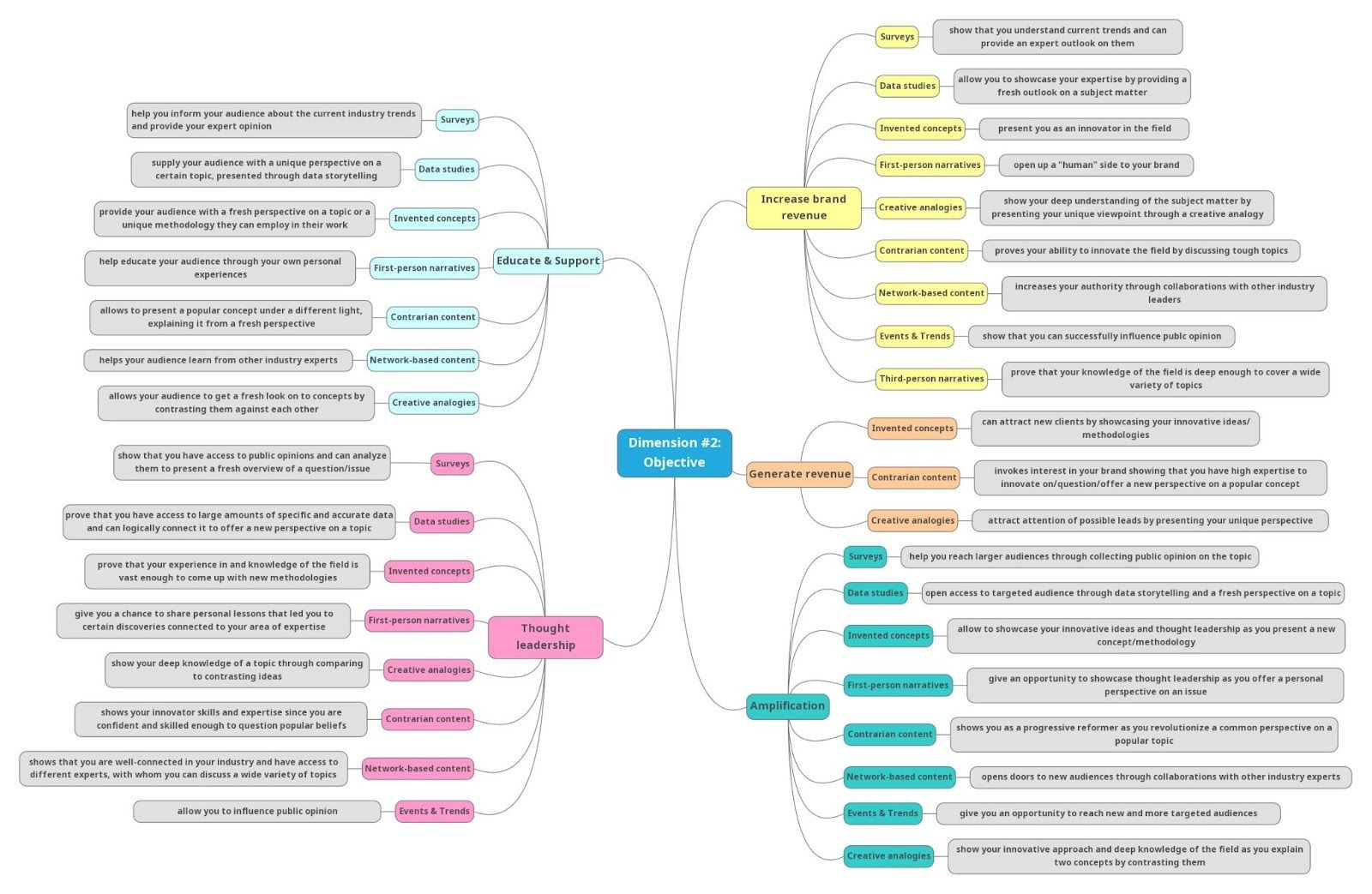👋 Hi, it’s Kyle Poyar and welcome to Growth Unhinged where I explore the unexpected behind the fastest-growing startups.
Look, I’ve been hesitant to dive much into content marketing here. It’s not exactly *unexpected*. But what seems to be unexpected is actually good content from software companies. George Chasiotis founded content agency Minuttia with that in mind — and he comes highly recommended by other readers. Today he’s sharing his super tactical framework for writing content that works; you might want to bookmark it.
Let’s face it, SaaS content marketing is having a moment:
Organic search is under massive scrutiny.
Organic reach on platforms like LinkedIn and Twitter is down.
Paid search and social platforms keep taking away targeting options.
Budgets are getting slashed.
Content marketing teams are under immense pressure.
AI tools are being (mis)used to write more and more content that never gets read.
After all that, you might be surprised when I say the following: SaaS companies can still grow through content marketing.
How? With original content.
Original content refers to any content type that: (a) is unique, (b) demonstrates out-of-the-box thinking, and (c) provides additional value, whether through new information, a different perspective, a detailed analysis, or something else entirely.
A great example: Backlinko, a media site acquired by Semrush, wrote a data study analyzing 11.8 million Google search results. The piece has been shared more than 14,000 times; great original content can still cut through the noise.
Many SaaS businesses I talk to equate content with lead generation. Sure, that’s part of the equation. But original content does more than that. It fosters trust with users, positions the brand as an industry thought leader, and becomes the foundation for distribution across all other channels.
Simply put, original content helps you step away from the sea of SEO sameness that SaaS content marketing has entrenched itself in in the past decade.
The hard part is how to do it. Original content can mean data studies, survey reports, contrarian content, first-person narratives, invented concepts, and (a lot) more.
Your framework for original content
For simplicity, let’s examine three dimensions of a content marketing strategy and how original content fits into each of them: stage, objectives, and distribution.
Stage
Each stage of growth has a different goal, which can be reached with the help of different original content formats.
Early stage: Your goal is brand awareness. The best formats are usually first-person (founder) narratives, network-based content, and third-person narratives.
Product-market fit: Now that you’ve found your audience and identified the best use cases for your product, you’re looking to scale these efforts. This is when you might consider adding data studies, contrarian content, invented concepts, creative analogies, or trends.
Growth stage: This is all about amplifying efforts to prove value in a scalable way and differentiate from competitors. I recommend focusing on surveys, data studies, invented concepts, network-based content, and trend pieces.
Objectives
A piece of content can serve one or several of the following objectives:
Increase brand value – associating a brand with specific values.
Educate & support – helping the target audience solve a specific problem or overcome an issue.
Generate revenue – generating pipeline, sign-ups, demo requests, etc.
Thought leadership – demonstrating the brand’s authority in the industry/niche.
Amplification – generating social media post shares, brand mentions, etc.

Some original content formats are better for specific objectives than others.
Take increasing brand value, for instance. When you want to increase the value of your brand, you aim to boost user trust in it, solidifying your market position.
What do SaaS users expect here? I’d say specifics and in-depth research, which you can achieve through data studies and surveys.
Distribution
Hard pill to swallow: without a well-thought-out distribution strategy, your original content likely won’t achieve its objective(s).
This isn’t a content piece written to rank high in Google (though it certainly can). It’s not a blog post you can throw out on your website and forget about it, hoping it will start gathering clicks (and conversions).
However, the good news is that original content is highly distributable. A (small) selection of different channels you can promote it on or repurpose it for includes: organic search, outreach, social, communities, Reddit, newsletters, Indie Hackers, Hacker News, Medium, Quora, Slideshare, podcast episodes, YouTube, webinars.
The LinkedIn audience engages more with original content than product-focused content—and that is most likely true for other distribution channels as well.
Original content examples
Subscribe to Kyle Poyar's Growth Unhinged to read the rest.
Become a paying subscriber of Growth Unhinged to get access to this post and other subscriber-only content.
UpgradeA paid subscription gets you:
- Full archive
- Subscriber-only bonus posts
- Full Growth Unhinged resources library
